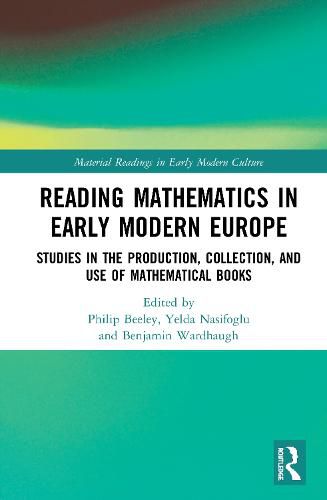Readings Newsletter
Become a Readings Member to make your shopping experience even easier.
Sign in or sign up for free!
You’re not far away from qualifying for FREE standard shipping within Australia
You’ve qualified for FREE standard shipping within Australia
The cart is loading…






Libraries and archives contain many thousands of early modern mathematical books, of which almost equally many bear readers’ marks, ranging from deliberate annotations and accidental blots to corrections and underlinings. Such evidence provides us with the material and intellectual tools for exploring the nature of mathematical reading and the ways in which mathematics was disseminated and assimilated across different social milieus in the early centuries of print culture. Other evidence is important, too, as the case studies collected in the volume document. Scholarly correspondence can help us understand the motives and difficulties in producing new printed texts, library catalogues can illuminate collection practices, while manuscripts can teach us more about textual traditions. By defining and illuminating the distinctive world of early modern mathematical reading, the volume seeks to close the gap between the history of mathematics as a history of texts and history of mathematics as part of the broader history of human culture.
$9.00 standard shipping within Australia
FREE standard shipping within Australia for orders over $100.00
Express & International shipping calculated at checkout
Libraries and archives contain many thousands of early modern mathematical books, of which almost equally many bear readers’ marks, ranging from deliberate annotations and accidental blots to corrections and underlinings. Such evidence provides us with the material and intellectual tools for exploring the nature of mathematical reading and the ways in which mathematics was disseminated and assimilated across different social milieus in the early centuries of print culture. Other evidence is important, too, as the case studies collected in the volume document. Scholarly correspondence can help us understand the motives and difficulties in producing new printed texts, library catalogues can illuminate collection practices, while manuscripts can teach us more about textual traditions. By defining and illuminating the distinctive world of early modern mathematical reading, the volume seeks to close the gap between the history of mathematics as a history of texts and history of mathematics as part of the broader history of human culture.